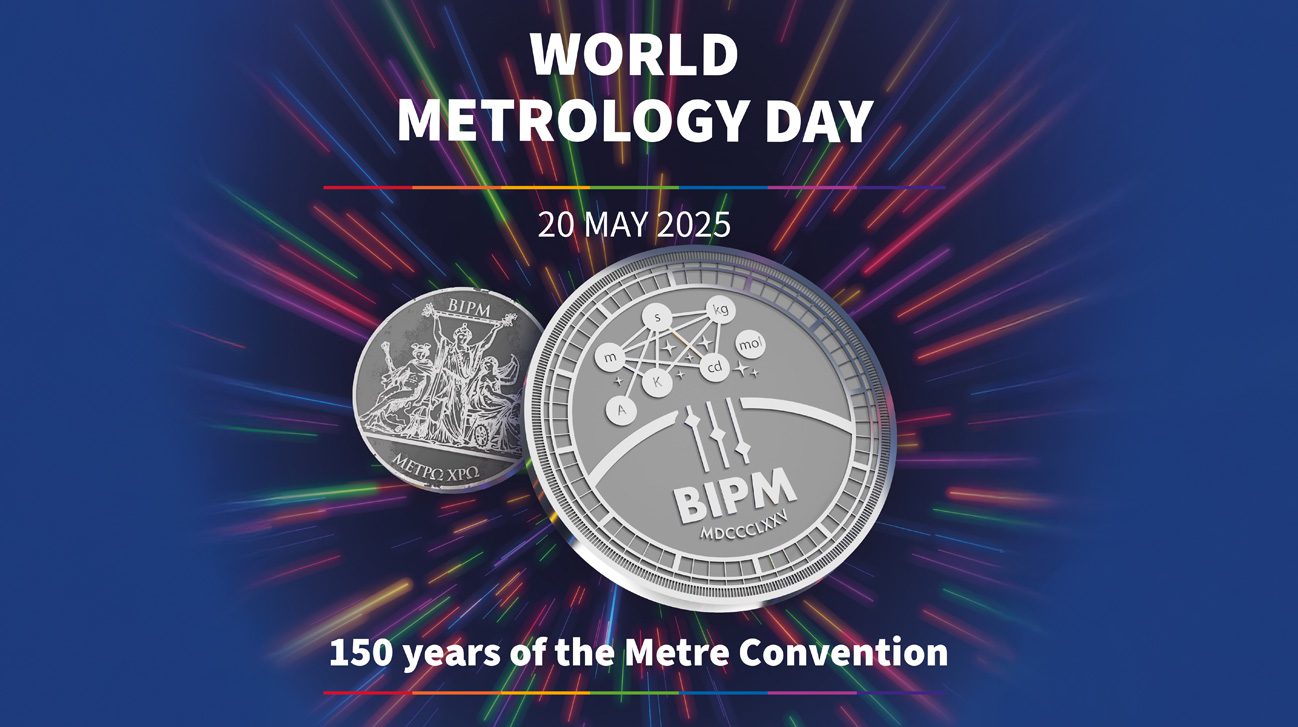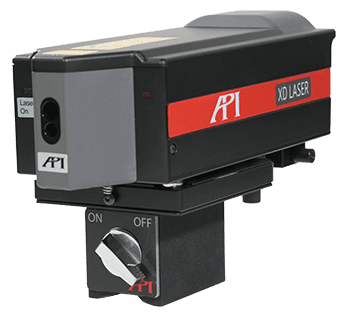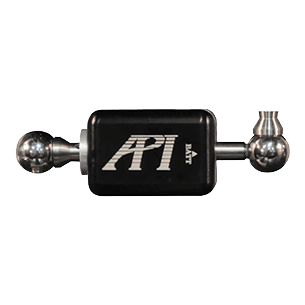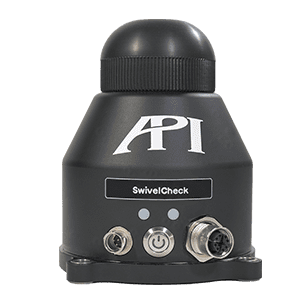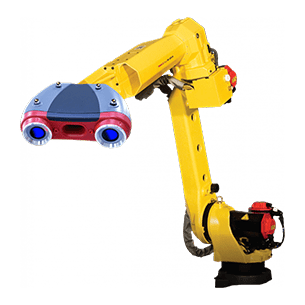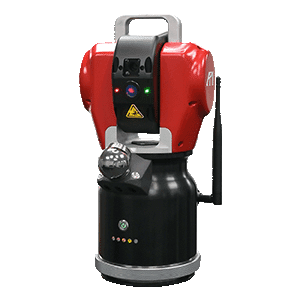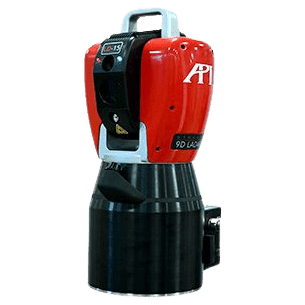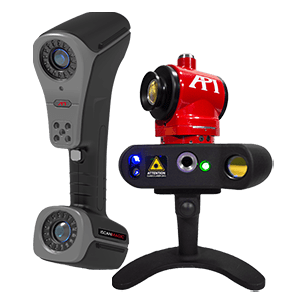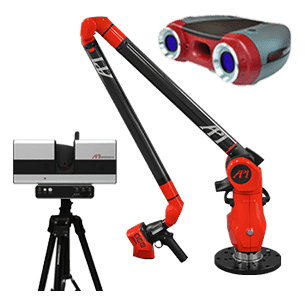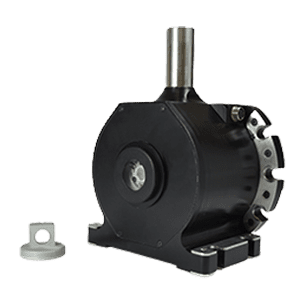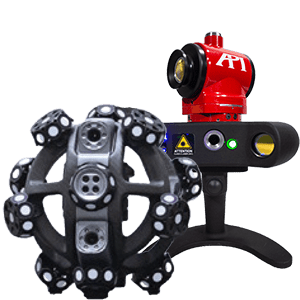Happy World Metrology Day!
Today, May 20th, is the 150th World Metrology Day—a global recognition of the importance of measurement science in our everyday lives. On this day in 1875, representatives from seventeen nations signed the Metre Convention in Paris, setting the framework for global measurement standards and establishing the basis for modern metrology.
What is World Metrology Day?
Metrology, the science of measurement, has roots stretching back thousands of years. From ancient civilizations using simple tools to measure land and construct monumental structures, to today’s highly advanced laser trackers and portable coordinate measuring machines (CMMs), metrology has continuously evolved. Every industry, from automotive and aerospace to electronics and healthcare, depends on precise and reliable measurements to ensure quality, safety, and efficiency.
What is Metrology?
Imagine a world without metrology: buildings wouldn’t stand safely, manufactured parts wouldn’t fit together, medicines would lack accuracy, and even daily essentials like fuel and food would be inconsistently measured. In short, our modern world, driven by technology and precision, would grind to a halt without accurate and trusted measurement. Watch the video below to see what metrology is, and what the world would be like without it.
At API Metrology, we’re proud to contribute to this vital science by providing industries around the globe with advanced measurement technologies that ensure quality, enhance productivity, and promote innovation. Whether it’s our laser trackers verifying the precision of aerospace components, or our XD-Laser calibrating CNC machines to micron-level accuracy, API remains at the forefront of metrology advancements.
Today, let’s celebrate the quiet yet crucial role that measurement science plays in our lives. Happy World Metrology Day from all of us at API Metrology! To learn more about world metrology day visit worldmetrologyday.org



